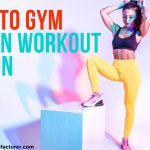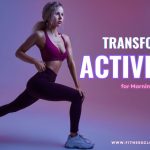Athleisure: Reasons To Love It
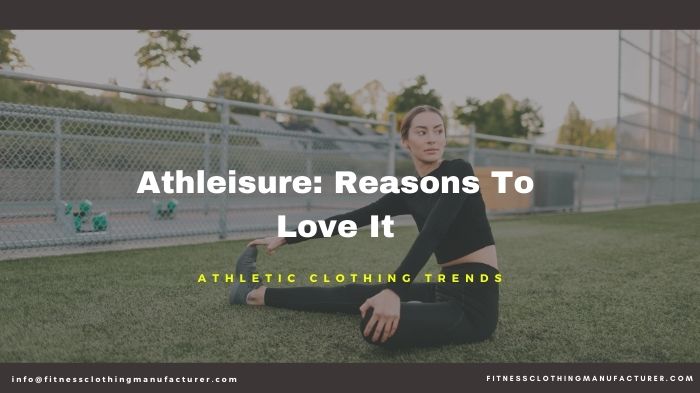
Athleisure is derived from the words 'athletic' and 'leisure,' and it combines exercise with a fashionable appearance. Fitness is no longer a pastime; it is a way of life. Fashion and comfort go hand in hand. With incredible comfort and fantastic fashion, activewear is becoming everyone's pick, and athleisure is reigning everything from work to exercise and everything in between.
Leisurewear, according to several sources, is reinventing fashion trends for the twenty-first century. The worldwide wholesale athletic wear industry is estimated to reach $567 billion by 2024, growing at a compound annual growth rate (CAGR) exceeding 6.8 percent.
The worldwide athleisure market will expand by $122.66 billion at a CAGR of roughly 7% between 2019 and 2023.
As a result, athleisure is the fashion trend of the future. It has altered how individuals dress for the street, work, and the gym, and informal activities. Activewear has become the ultimate option of customers in a wide range of social circumstances, regardless of where they are.
Athleisure bridges the gap between "fashion" and "fitness." You no longer have to pick between the two. Activewear is here to provide you with the best of both worlds.
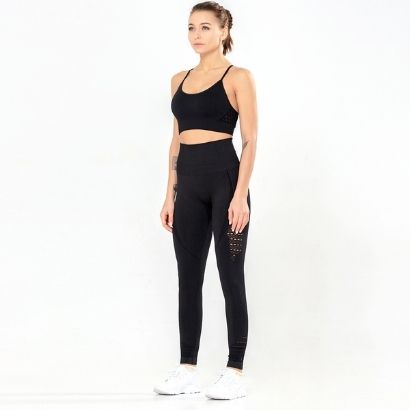
The following are a few advantages that make them distinct in the fashion industry. These will undoubtedly motivate you to swap out your everyday clothes for leisurewear.
Longevity And Durability
Smart buyers prioritize quality over quantity, and they care about the environment. Athleisure customers want long-lasting clothing that has little to no environmental impact.
Athleisure businesses are emphasizing the importance of sustainability across the textile chain. Nylon, recycled polyester, and BCI cotton with improved performance, eco-friendly chemical finishes, and UV protection are among the fabrics utilized in sportswear manufacturing.
Tencel, a natural wood-based fiber supplied responsibly, is utilized by athleisure brands to give fabric durability. Other characteristics including lightweight, breathability, and softness make it soothing against the skin. Tencel is natural cellulose derived from Eucalyptus wood pulp. This fiber is eco-friendly in terms of natural resources and energy, and it is completely biodegradable.
Micromodal, a sustainable fabric derived from beechwood, is also utilized. Micromodal fibres are made using Swiss Edelweiss fibre technology. The production method is symbiotic, with the raw material produced on the same location as the modal fiber in a carefully closed-loop operation. To make bio-degradable threads, the manufacturing method is completely non-toxic and energy-efficient. Micromodal, the thinnest fiber in the modal family, produces the lightest and most comfortable clothing. It is extremely soft and has the breathability of the cotton. As a result, synthetic materials are typically required to offer functionality.
Many businesses employ natural textiles instead of nanoparticles, according to Bluesign requirements for sustainable material and manufacturing. The highest level of certification in the fashion business is eco-friendly. Unfortunately, there is no silver bullet for creating clothing that has no negative environmental consequences, but there are guidelines to follow.
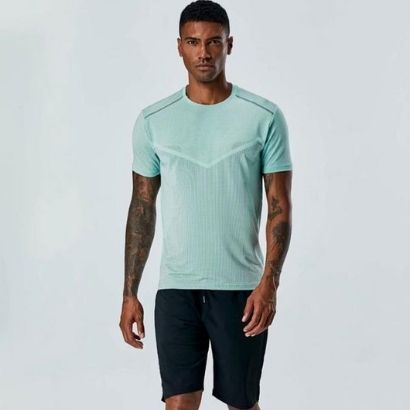
Thermoregulation
Climate change and temperature regulation are new challenges for all generations. Athleisure recognizes the significance of controlling and maintaining body temperature. Consumers are looking for sophisticated textiles that can adapt to ambient temperature changes. Activewear keeps you warm in the cold and cool in the heat.
Wool is used in activewear because of its antibacterial, thermoregulating, and sustainable qualities. Wool has become the most preferred natural fiber for athleisure. The best performing fabric is Smartwool. It outperforms synthetic cloth in terms of softness, moisture-wicking, thermoregulation, sustainability, and odor neutralization.
Customers are searching for better performance textiles, thus there is a place for more advanced fibers in activewear. Homeostasis is becoming increasingly important in the textile sector as a result of advanced textiles. These textiles prioritize not just functionality but also comfort. For instance, thermoregulating materials can swiftly soak away perspiration, potentially increasing the drying time, but when the user stops working out, the cloth loses breathability and the wearer does not feel chilly. Furthermore, the athleisure sector has produced fine denier and micro knitting gauge textiles that not only have an amazing hand feel but also boost comfort level and tightness. With more modern technology, improved thermoregulation, and friction reduction techniques, athletic companies are opening up new options for their customers.
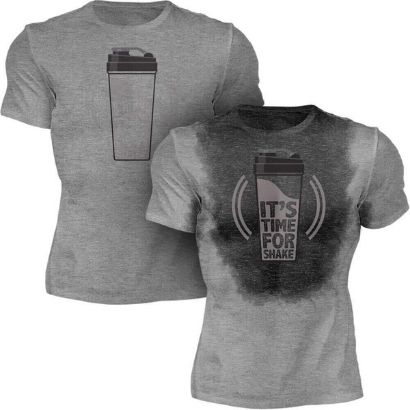
Hypoallergenic And Antibacterial
It's past time to say goodbye to itching and unpleasant odor. Your normal clothing must be uncomfortable at times due to perspiration, itching, and smelly, especially after a workout or a busy day.
Athleisure can resolve any skin-related concerns produced by traditional materials. Advanced technologies are being applied by brands and merchants to make athleisure completely hypoallergenic and to minimize the pain caused by normal clothing. Scientists have devised an anti-microbial solution to rid garments of germs and odors over time. These anti-bacterial garments have no negative impact on the ecological balance of good skin microflora. Bamboo fabric is being used by Athleisure businesses to create hypoallergenic and anti-bacterial garments. Bamboo is a natural fiber with anti-bacterial and anti-fungal characteristics, making it suited for all skin types, including normal and sensitive.
As an anti-microbial agent, silver ions are used by several athleisure companies. Polyhexamethylene guanidine (PHMG), chitosan, quaternary ammonium compounds, and triclosan are among other antimicrobial agents. As a finish, they can be applied to the textile substrate using a variety of procedures, including foam, pad-dry-cure, spray, coating, and exhaust. The antimicrobial agent can also be mixed directly into the fiber spinning dope. Although the antimicrobial impact is restricted to the fabric surface, the amount of biocide sprayed onto the skin from a cloth is unusual.
Anti-microbial agents have been used in textiles to prevent rotting, particularly in tropical climates. Consumers now place a premium on hygiene and an active lifestyle, which has bolstered the demand for anti-bacterial and hypoallergenic athleisure.
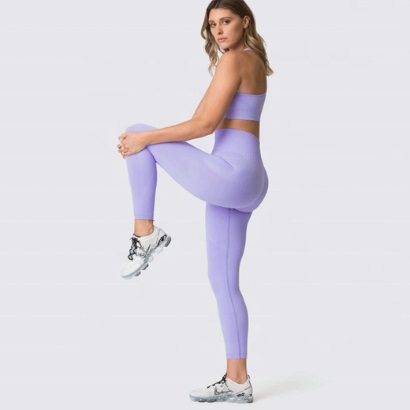
Enhancer Of Performance
To improve your daily productivity and performance, you must be healthy–both physically and psychologically. Athleisure extends beyond the skin to protect your mental health, and it features fluorescent-colored patches on the interior surface to help you feel quicker.
If an athlete isn't at ease, they have one more thing to ponder over when they should be concentrating on the game. Athleisure may help you feel and look nice by addressing your body temperature, skin moisture, muscular health, and other psychological requirements.
Prospects: The activewear industry is expanding quicker than you would believe. It used to be just athleisure, but now it's more like work leisure. Consumers are becoming more sophisticated in their selection of demands, appropriate materials, and versatile and long-lasting clothes. Brands are assisting them by meeting all of their needs.
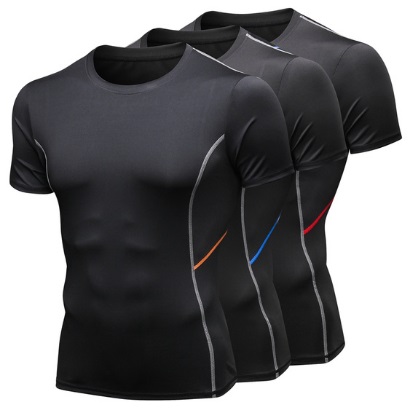
It's not only about fashion; it's about active fashion since health and wellbeing are now customers' top priorities. Athleisure is here to stay, besides the wellness trend, and customers will enjoy it even more.
Business owners and retailers, you can source wholesale activewear for your retail business with additional customization from custom gym wear manufacturers. Have a chat with the design team about your product needs before placing bulk orders.
